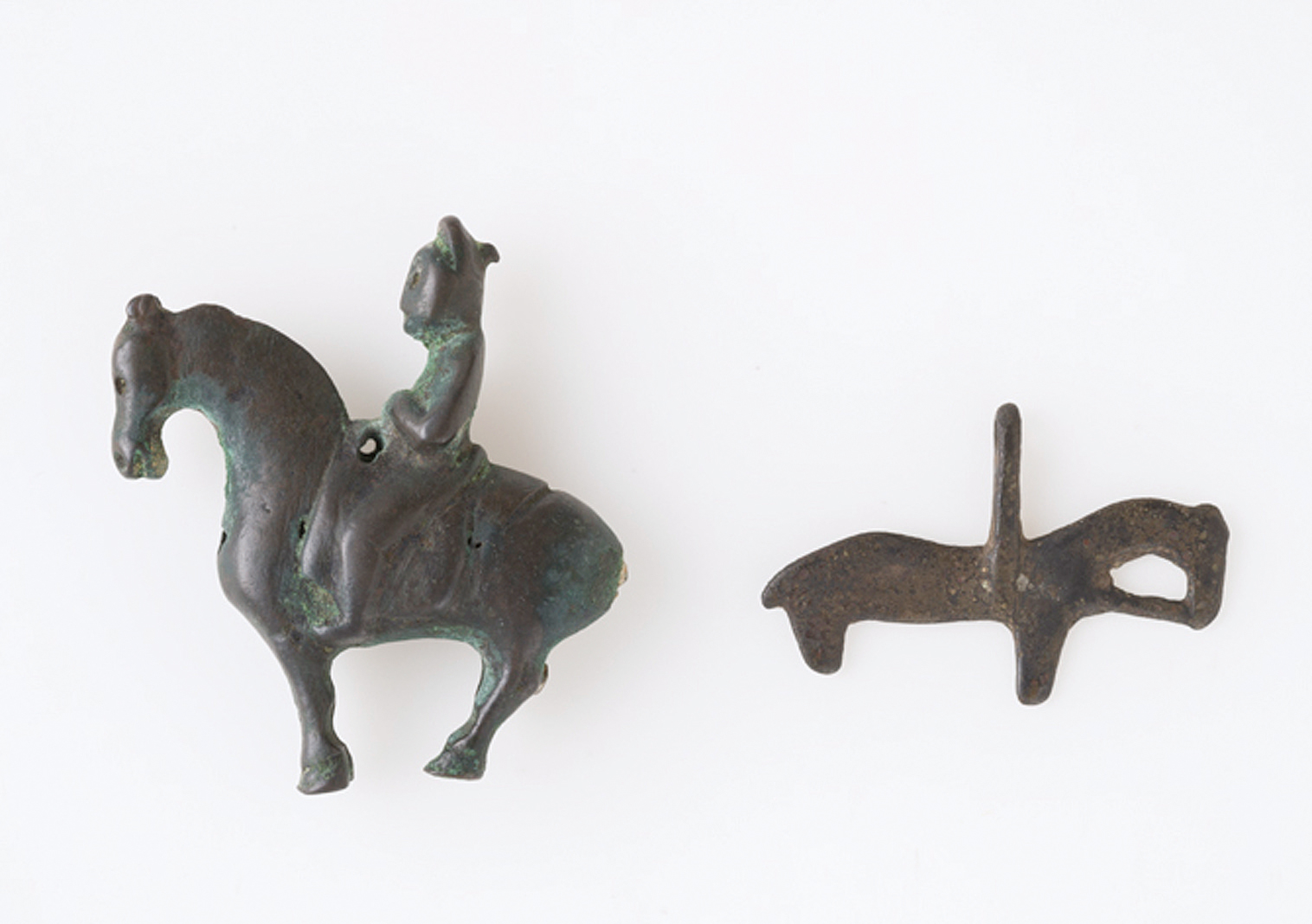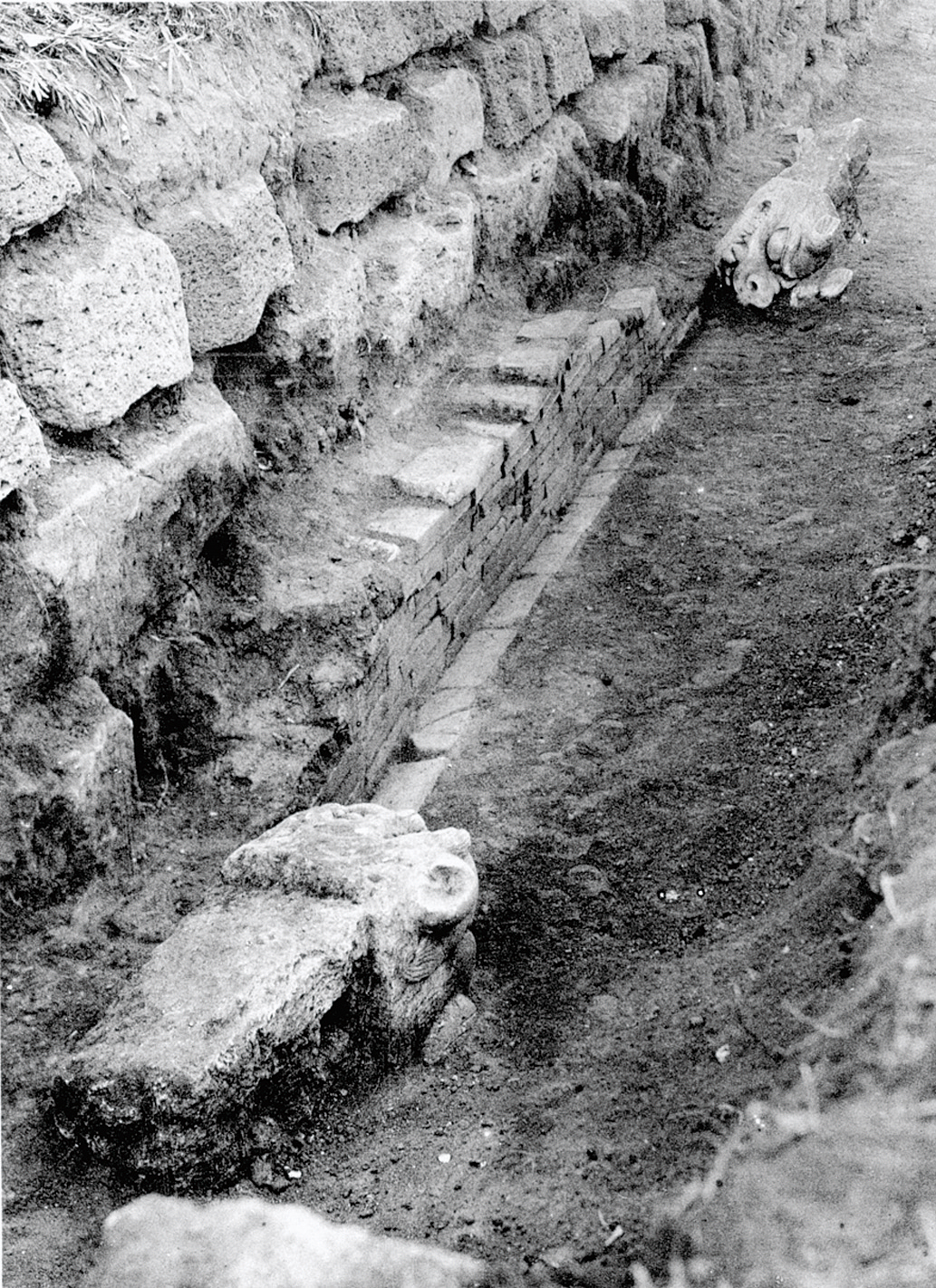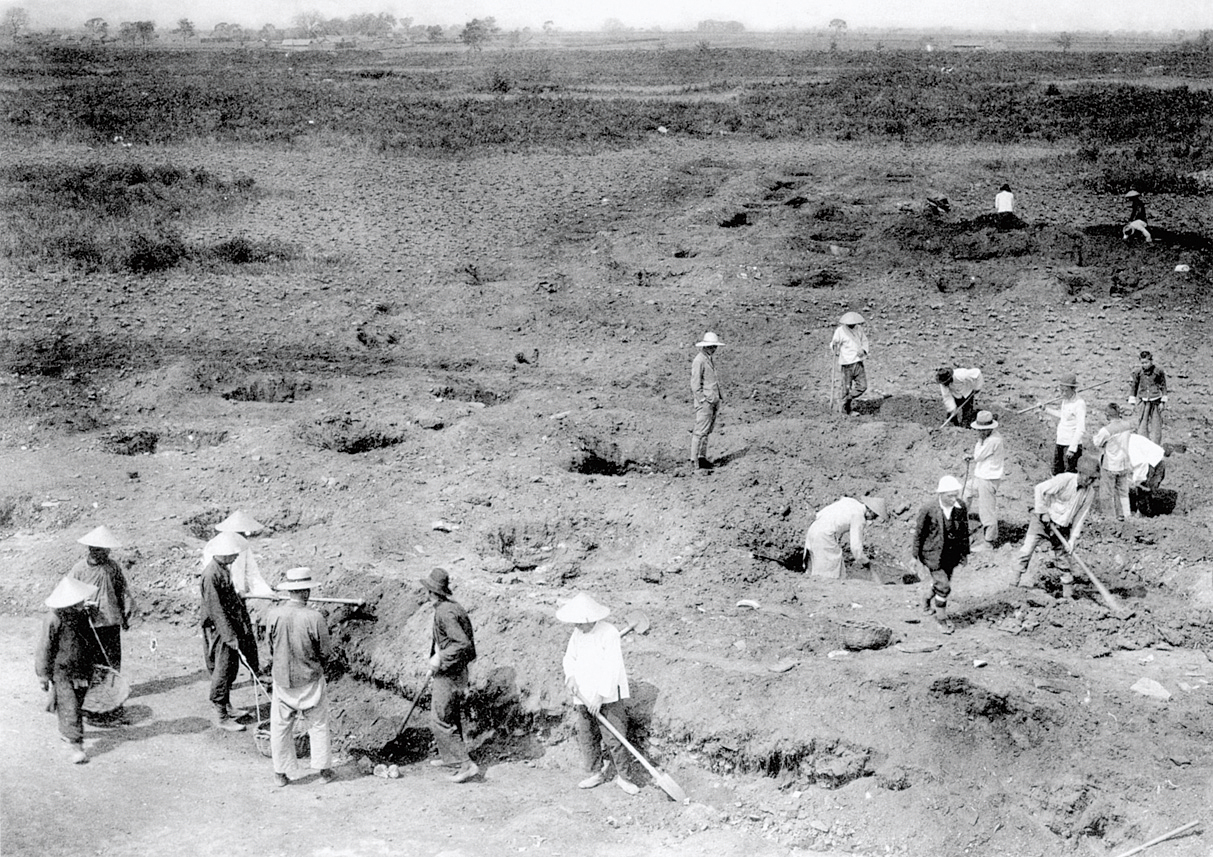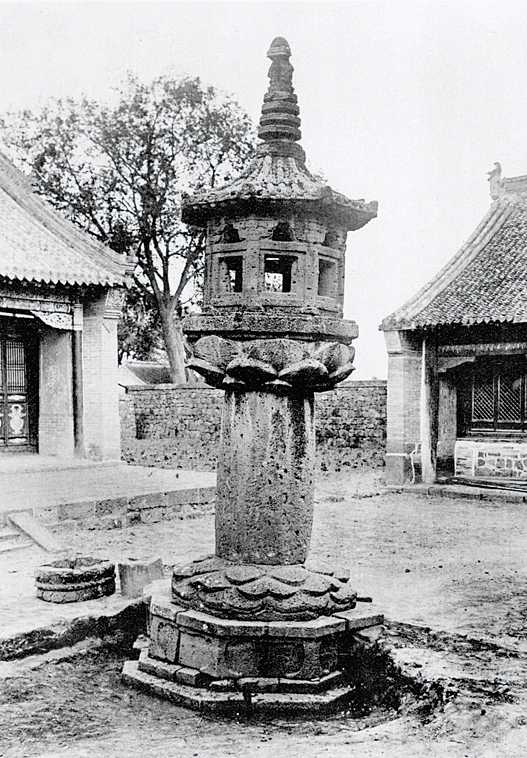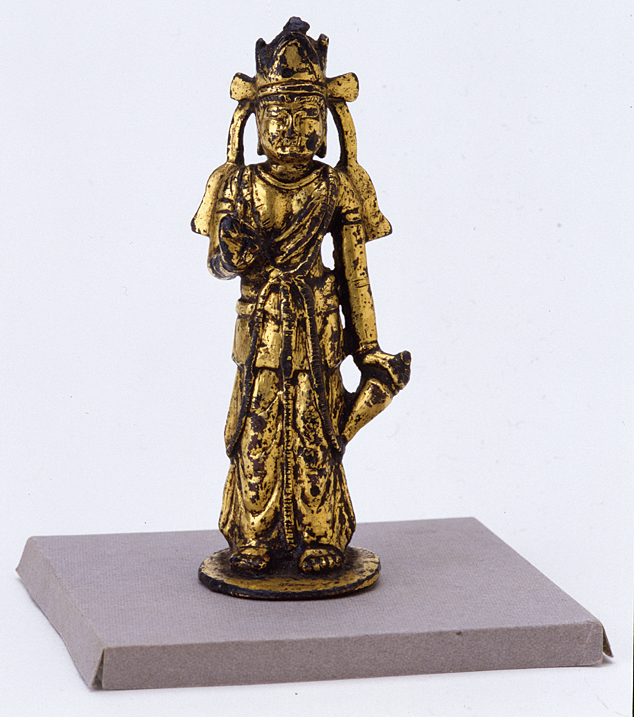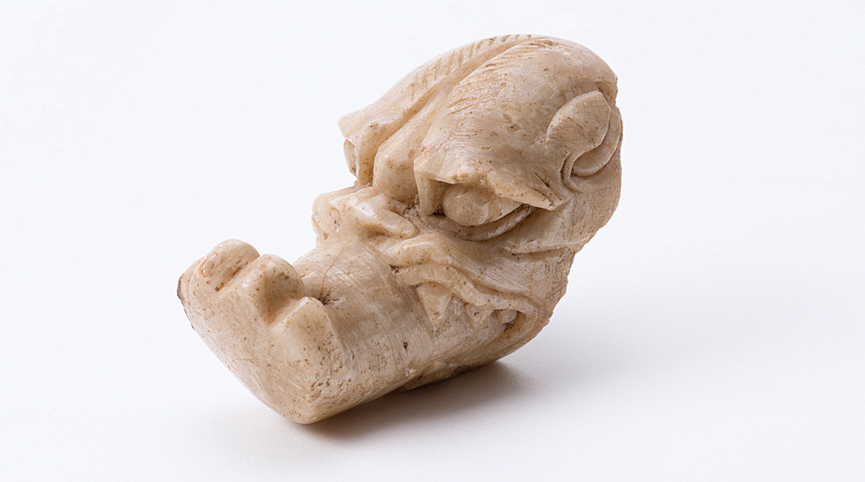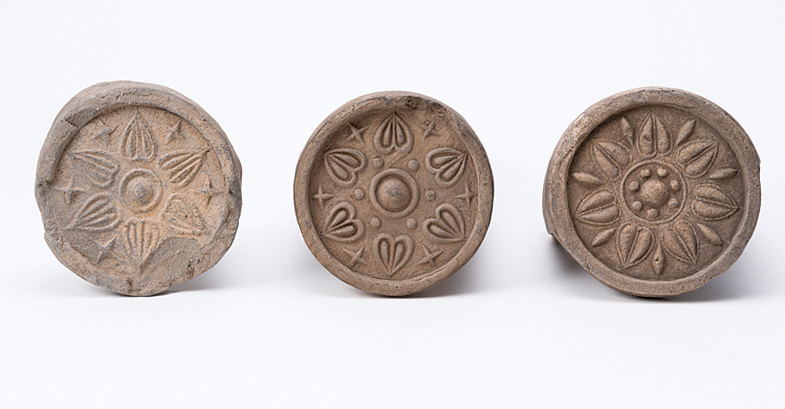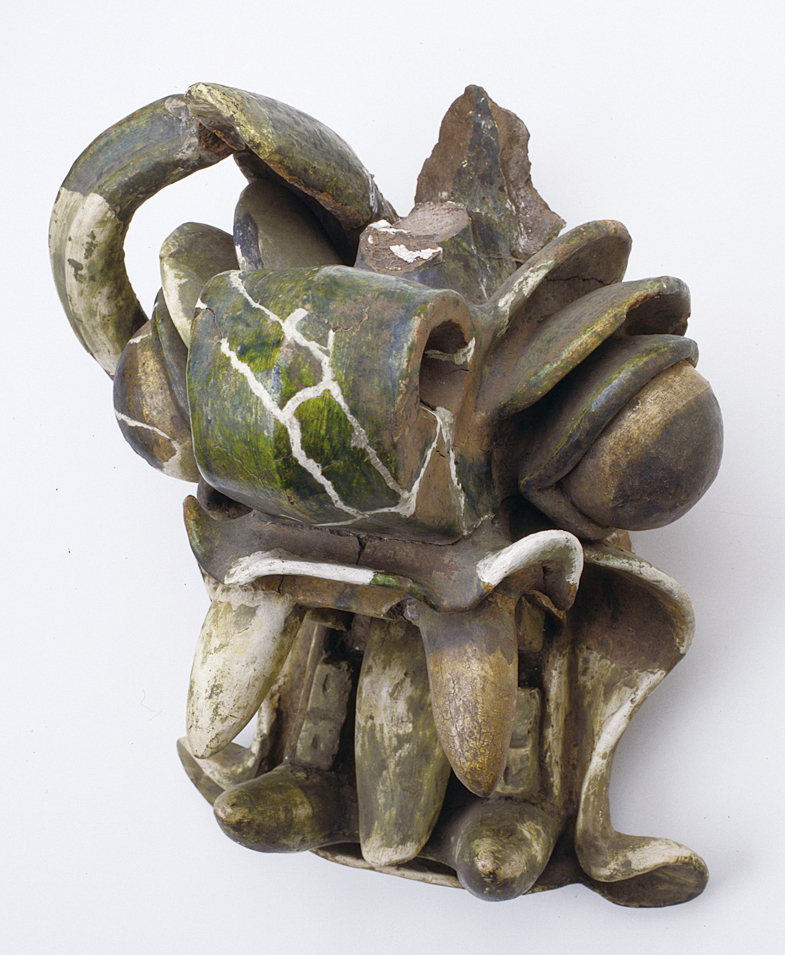F5
Bohai (Balhae)
an ancient kingdom in Northeast China
Bohai (or Balhae; 渤海) is an ancient kingdom that was located in the area of today’s Northeast China, the southern part of the Russian Maritime Province and the northern part of the Korean Peninsula, dating from AD 698 to 926. It is known that the Bohai Kingdom was a multiethnic nation and its majorities were Suomo-Mohe(粟末靺鞨) and descendants of Gaojuli (or Goguryeo; 高句麗). As Bohai didn’t leave its own historical documents, studies of its history are mainly based on the foreign historical records such as “Jiu-Tang-Shu” (旧唐書) and “Xin-Tang-Shu” (新唐書).
The Bohai Kingdom adopted the multi-capital system, and had five capitals at the peak of its prosperity. Among the five capital cities of Bohai, the sites of the northern capital (上京), central capital (中京) and eastern capital (東京) have been excavated intermittently from the early twentieth century to the present. At the beginning of the researches, many Japanese researchers participated in the excavations and started to study the capital system of the Bohai Kingdom. These studies have stressed the continuity from the Gaojuli culture to the Bohai culture, as well as the similarity with other East Asian cities such as Chang’an (長安) of the Tang dynasty or Heijyo-kyo (平城京) and Heian-kyo (平安京) in Japan. The Bohai collection in this museum was mainly brought from the Shangjin (上京、northern capital) site by The Far Eastern Archaeological Society (東亜考古学会) in 1933 and 1934, which was conducted by Professors Yoshito Harada (原田淑人) and Kazuchika Komai (駒井和愛) of the University of Tokyo.
After the end of the World War II, some important relics such as the stone Buddhas and Sancai (三彩、three-color glazed pottery) were returned to the Republic of China and People's Republic of China. However, many Bohai relics, especially tiles and stone building components have been left in the Museums and the Department of Archaeology. Studies on these artefacts have been continued up to th present, especially focusing on their production technique by applying new research method such as three-dimensional scanning. (Akiko Nakamura)
References
東亞考古學會(編)(1939)『東京城 : 渤海國上京龍泉府址の發掘調査』東亞考古學會。 田村晃一(編)(2005)『東アジアの都城と渤海』東洋文庫論叢 第64、東洋文庫。

